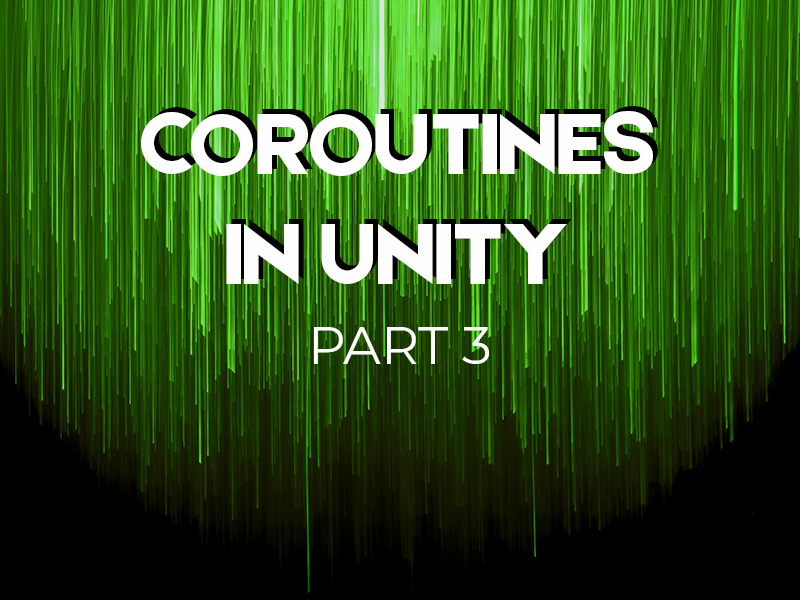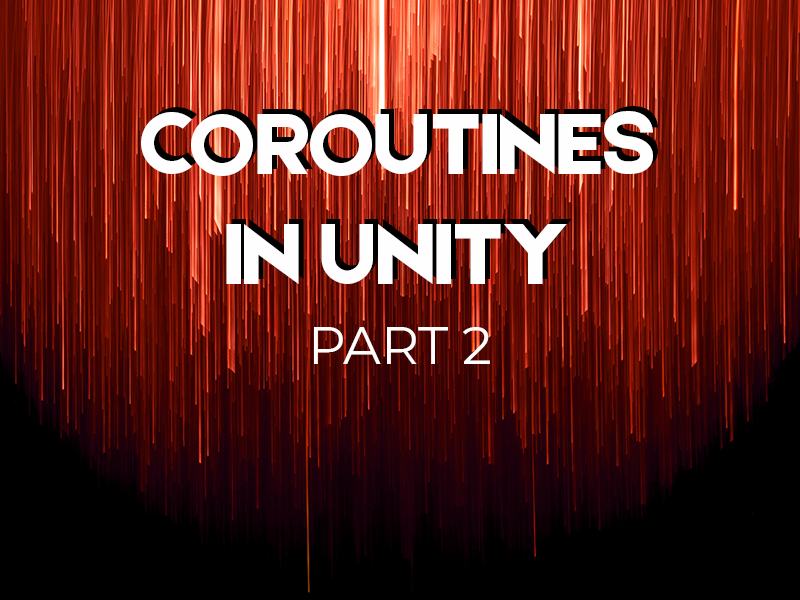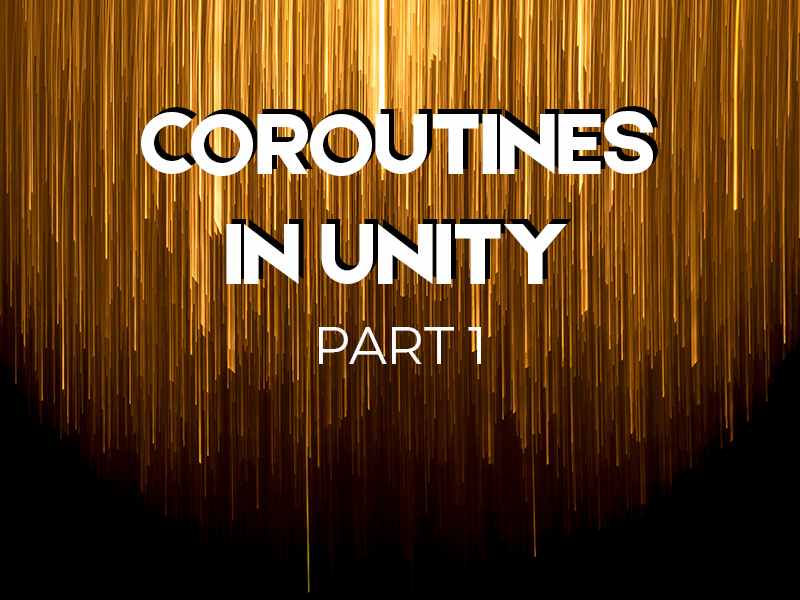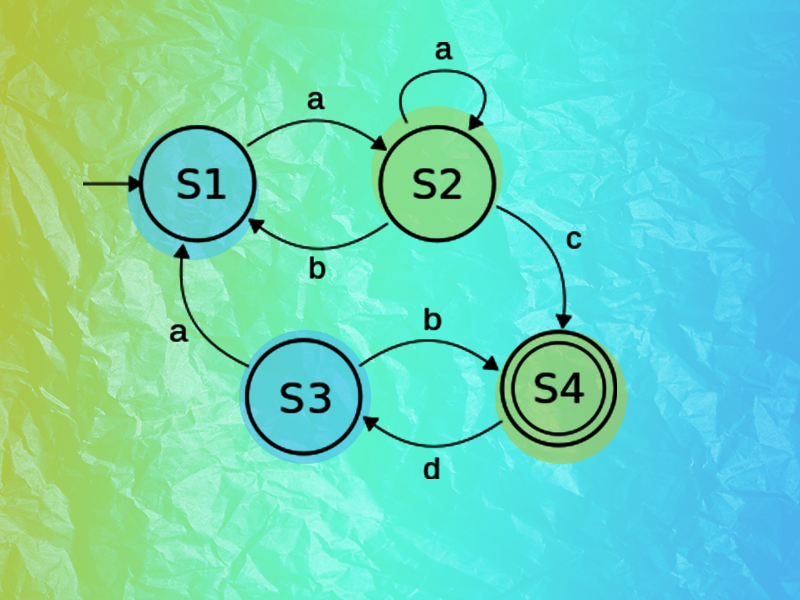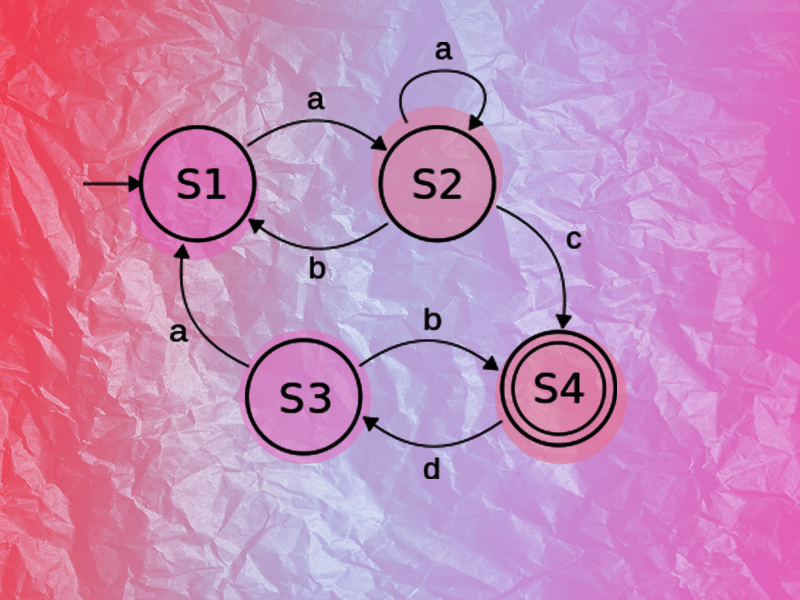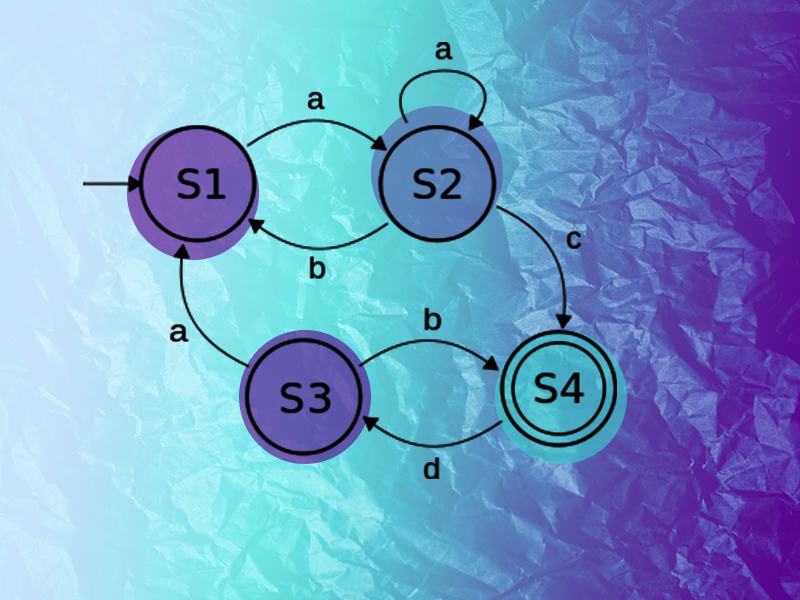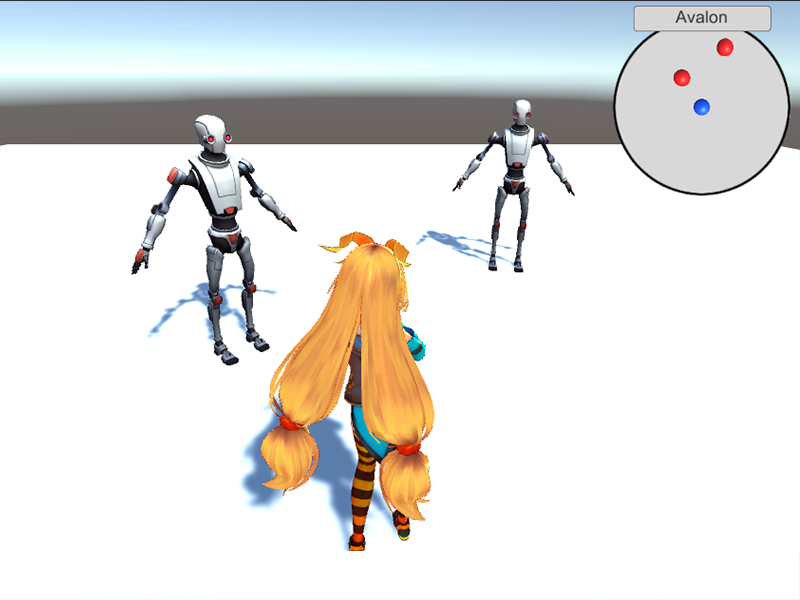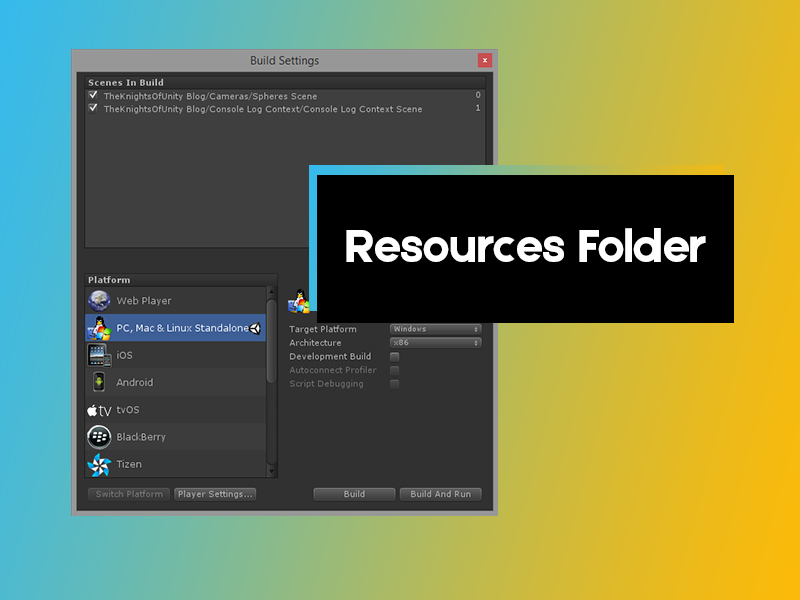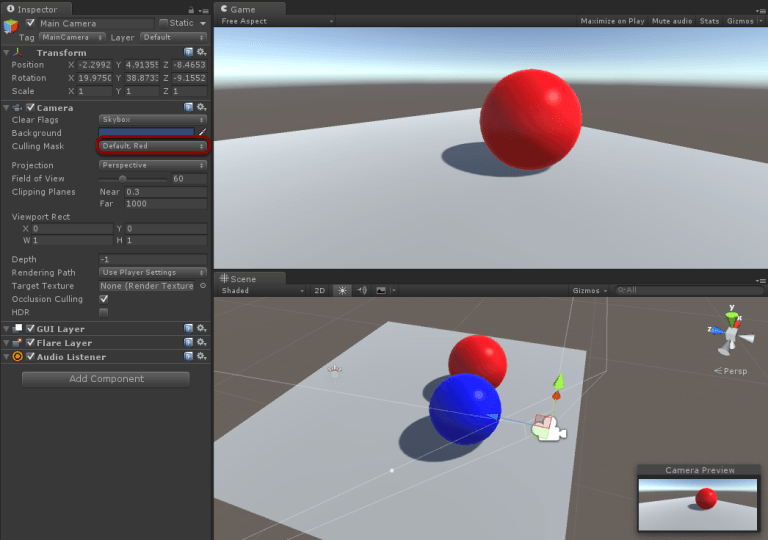Implementing Basic Features In this chapter, we will cover some of the features Nakama has to offer. We will show you code samples of currently discussed features as well as provide links to the documentation if there are more functionalities we decided to omit. Multiple Authentication Sources and Device Migration To ensure an easy way […]
Tutorial: Making a Multiplayer Game with Nakama and Unity: Part 3/3




